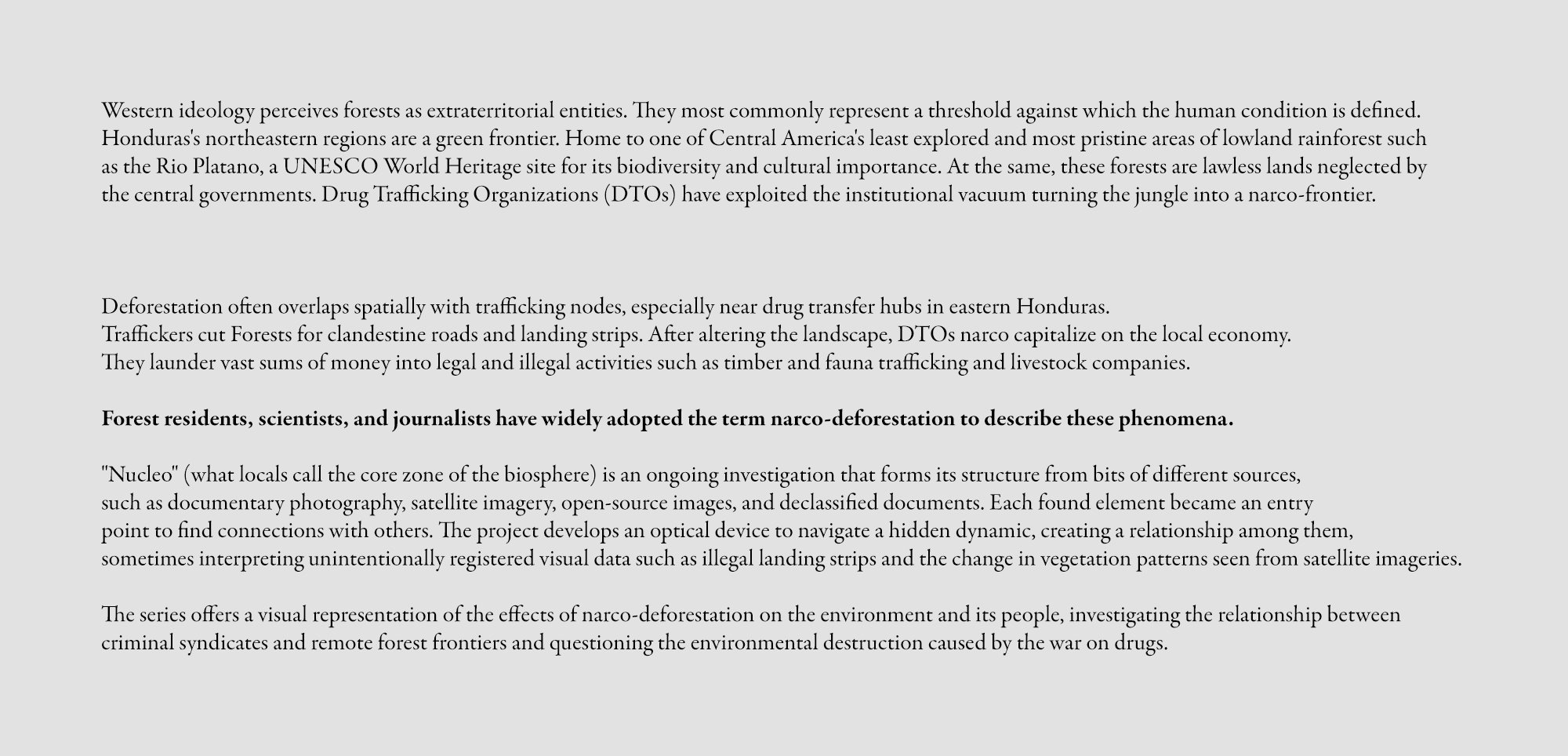

A view of the so-called "Nucleo" or core zone of the Río Plátano Biosphere Reserve, in the Colón Department, Honduras.
Thinly populated and with little state presence, these remote forests frontiers offer ideal conditions for traffickers to evade interdiction.



A Melanistic Jaguar roars inside a shelter of the Honduran Military Unit C9 (Comando de Apoyo al Manejo De Ecosistema y Ambiente) in Tegucigalpa.
Jaguar's population is declining as their forest ranges are reduced by deforestation, conversion of forests into agricultural areas, and infrastructure development.

A publicly available satellite image from ESA's Sentinel 2, processed on the infrared spectrum, shows the water of the Patuca River flowing in the Caribbean Sea. The Patuca is the main route for smuggling cocaine.
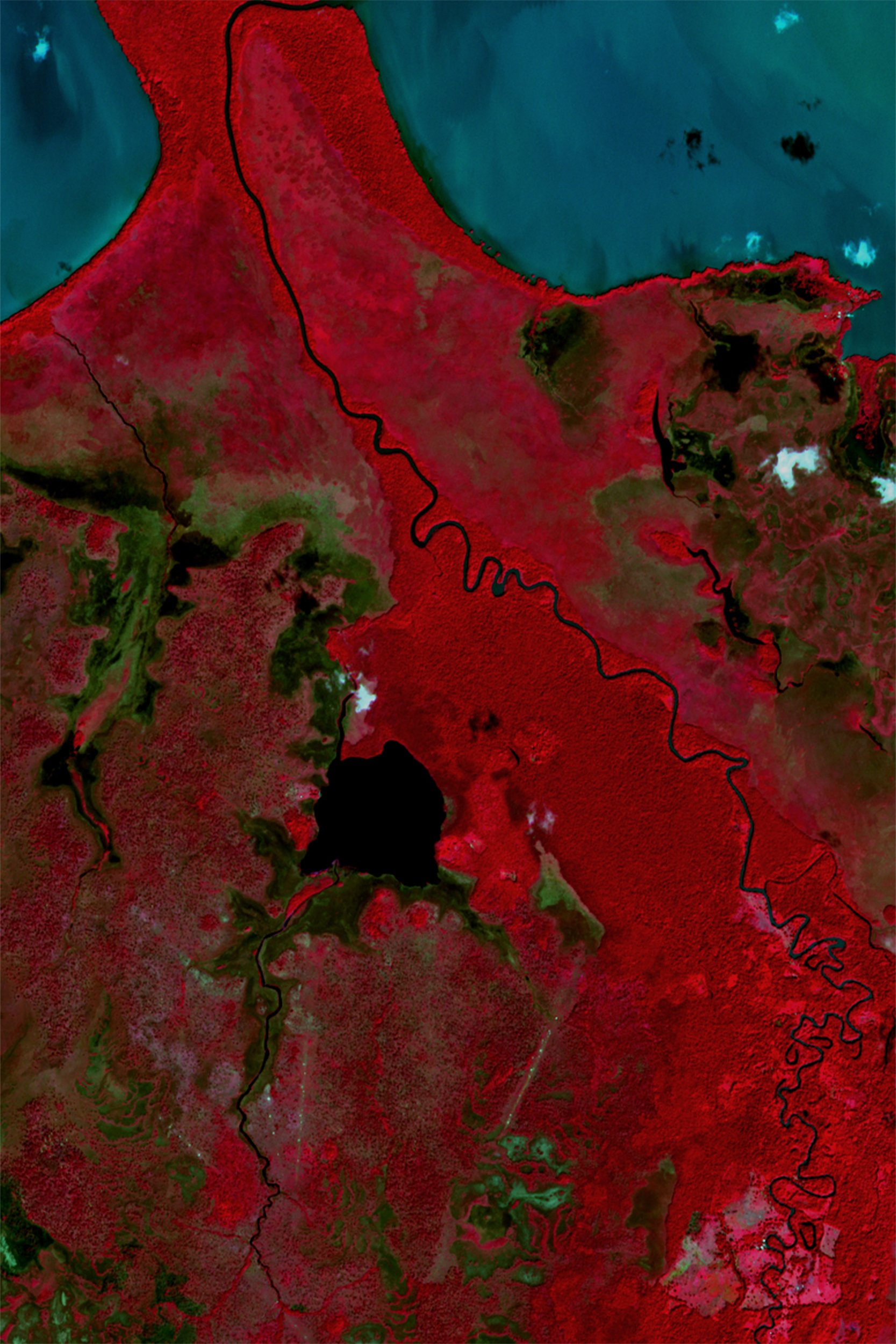
An infrared image elaborated from Sentinel 2 Satellite shows clandestine airstrips narcotraffickers use in the indigenous territory of the Río Plátano Biosphere Reserve. Some of them were decommissioned by the Honduran military using explosives.

A Coral Snake crawls at night in the core zone of the Río Plátano Biosphere Reserve, Olancho Department, Honduras.
Coral Snakes' venom contains a potent neurotoxin causing neuromuscular dysfunction. Locals tend to kill them since health facilities are only reachable by air.
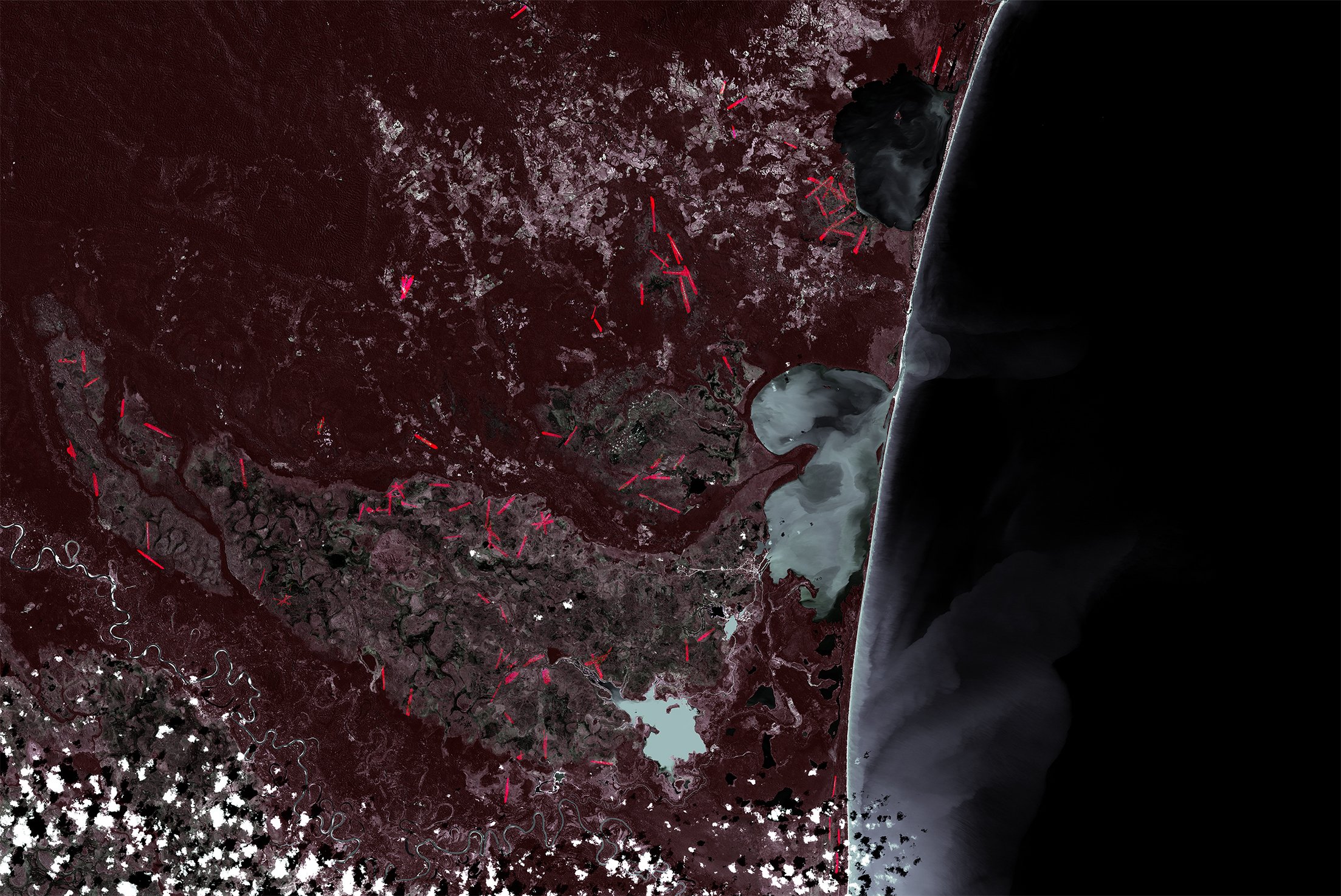
An infrared satellite image from Sentinel 2 shows clandestine airstrips narcotraffickers use in the indigenous territory of the Río Plátano Biosphere Reserve. Central America has long been a conduit for U.S.-bound cocaine from South America. But the isthmus' importance as a "bridge" exploded after 2006–07, as Mexican drug-trafficking organizations (DTOs) moved their smuggling operations southward.
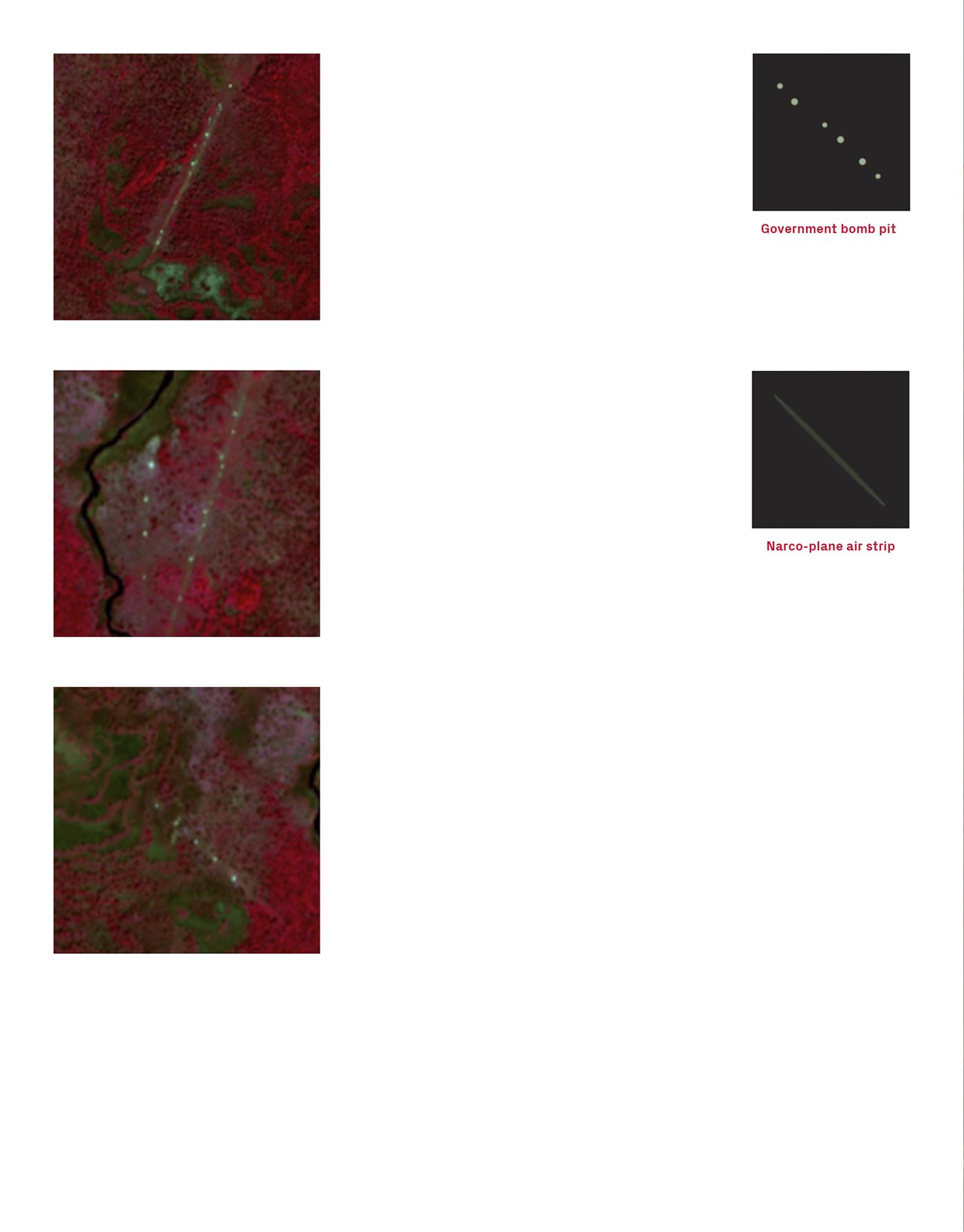


An infrared image elaborated from Sentinel 2 Satellite shows clandestine airstrips narcotraffickers use in the indigenous territory of the Río Plátano Biosphere Reserve. Some of them were decommissioned by the Honduran military using explosives.

A view of the so-called "Nucleo" or core zone of the Río Plátano Biosphere Reserve, in the Colón Department, Honduras. The protected reserve extends for 630,000 hectares, and it hosts more than 721 species of vertebrates. It is divided into three main areas: the buffer, the core, and the cultural zone.

The Blue Morpho Butterfly is among the largest butterflies in the world.
Blue morphos are severely threatened by the deforestation of tropical forests and habitat fragmentation.

A publicly available satellite image from ESA's Sentinel 2 processed on the infrared spectrum shows smoke from wildfires in the indigenous territory of the Rio Platano Biosphere Reserve.
Drug Trafficking Organizations (DTOs) are among the actors who burn forests in dry periods to claim land. DTOs profoundly change the nature of land control in cocaine transit zones.

Lax oversight by the Federal Aviation Administration, over decades, has made it easy for drug dealers to register private planes and conceal their identities. With the US stamp of approval — signified by a number on the tail fin that always begins with the letter "N" — owners often find more freedom from scrutiny and anonymity while traveling. This has allowed criminals and foreign government officials to mask illicit activities or keep wealth hidden from their home countries.


A video still shows the detonation of an explosive charge set off by the Honduran military. Security forces use explosives to decommission illegal landing strips used by DTOs.
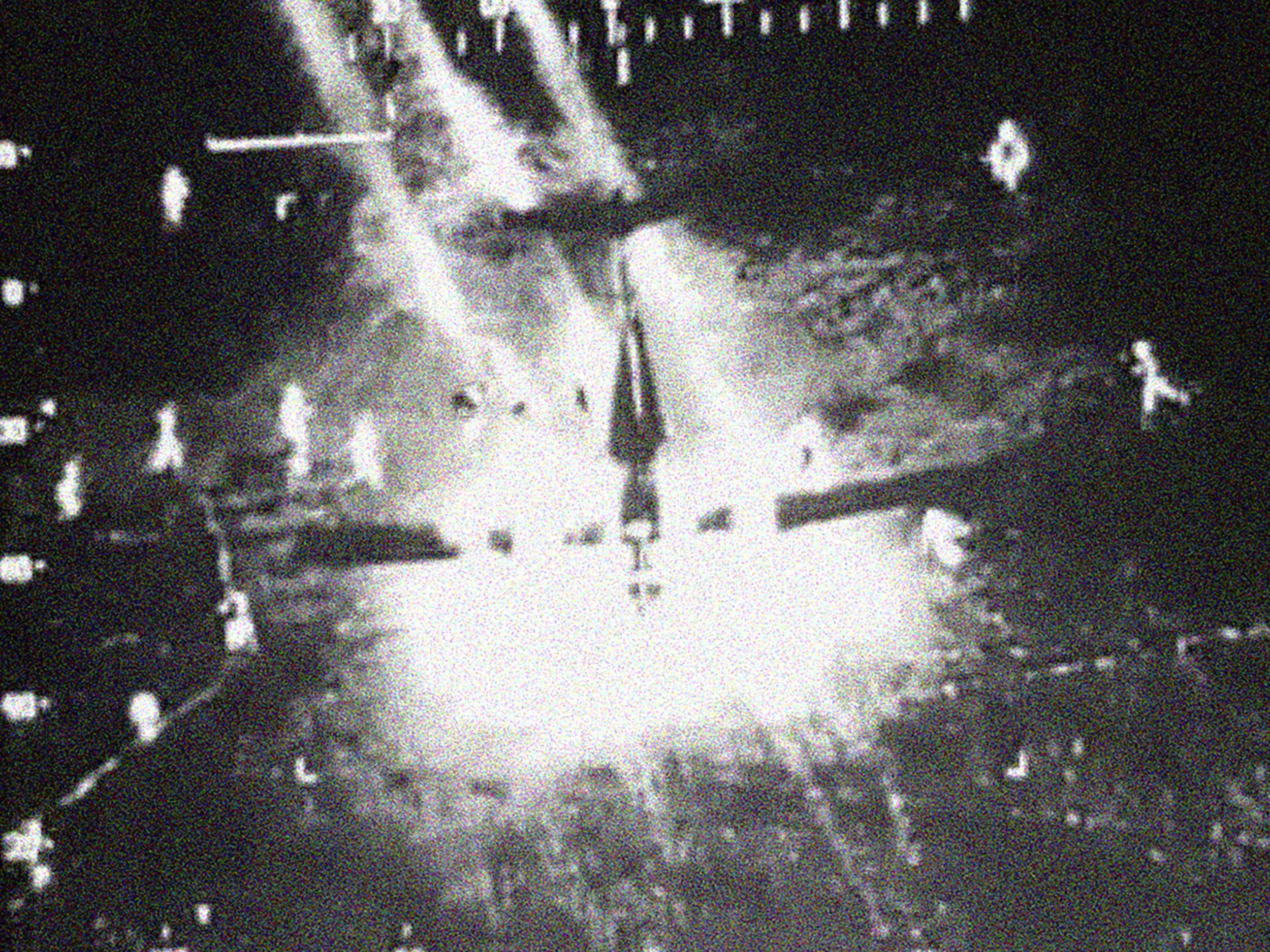
Video Stills from a Honduran military helicopter showing the moment a narco plane is intercepted.

A Jaguar stands inside a shelter of the Honduran Military Unit C9 (Comando de Apoyo al Manejo De Ecosistema y Ambiente) in Tegucigalpa, Honduras.
The Jaguar was kept illegally among five other jaguars by a narco trafficker. Biologists from the ICF (Forest Conservation Institute) are working to release the animals in the Río Plátano Biosphere Reserve.


A DEA unit patch

Vampire Bats and Pale spear-nosed bats are preserved in an alcoholic solution in the Ciudad Blanca Laboratory. Olancho Department, Honduras.
Bats are fundamental in the tropics. They disperse seeds that are critical to restoring cleared or damaged rainforests.

A picture taken by Honduras Special Forces of a Cessna 340 loaded with more than 100kg of cocaine landed near Brus Laguna on 30 March, 2021. Security forces engaged in a firefight with two plane pilots before sizing the shipment.

Documents identifying the plane carrying 806 kg of cocaine.

The so-called "narco carretera" or narco-road is an illegal road that cuts through the Río Plátano Biosphere.
Officials from the ICF (Forest Conservation Institute) acknowledge that the road is financed by local politicians and cattle ranchers with ties to drug traffickers.

An open-source satellite image showing the wreckage of a propeller plane used by narco-traffickers crashed in the core zone of the Rio Platano Biosphere.

An area illegally cleared of forest in the Río Plátano Biosphere Reserve.
Illegal timber and drug trafficking have a mutual relationship. Criminal groups often use migrants from southern Honduras to harvest the wood illegally and sell it. Honduras timber trade was worth 81 million USD in 2018, but the ICF considers that 50-60 percent comes from illegal logging.

A picture taken by the Honduran military shows a special forces team as they pose in front of the wreckage of a plane transporting an indefinite amount of cocaine.
An army commander for Special Forces Operations in the Rio Platano Reserve lamented the lack of political willpower to execute arrests or take action against criminals. "We are just obeying orders," said the commander.

A ranger of the ICF as he follows the trails of two poachers in the Río Plátano Biosphere Reserve, Olancho Department, Honduras.
"We are not enough to control this huge environment," said the ranger. "All depends on our attitude, we could do nothing, and no one would notice, but I hope that if we keep working, something will change."
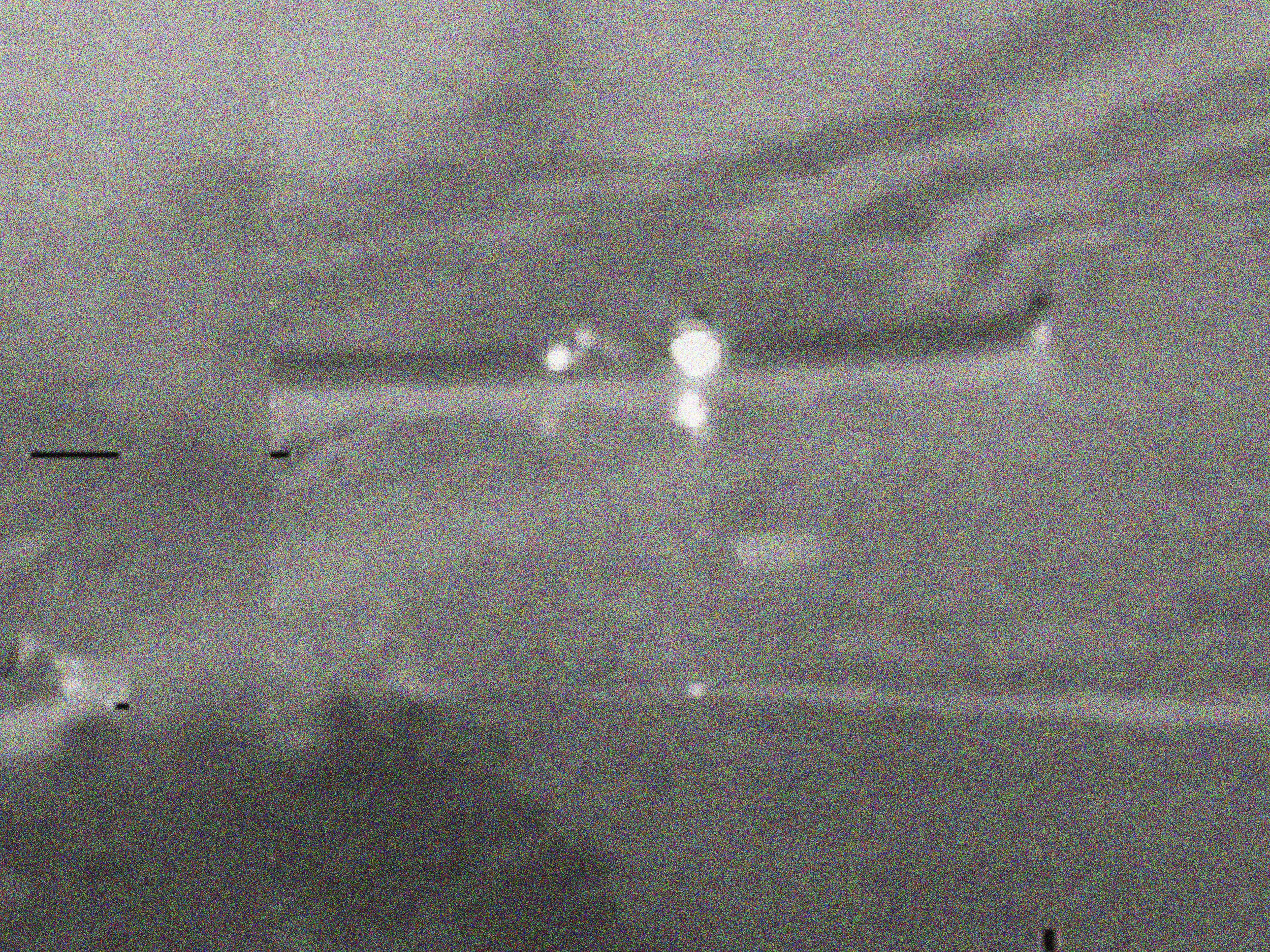
Image from a DEA video obtained via the Freedom of Information Act shows when a Honduran policeman fired at civilians during a DEA lead operation in the Gracias A Dios Department to seize a plane transporting cocaine.
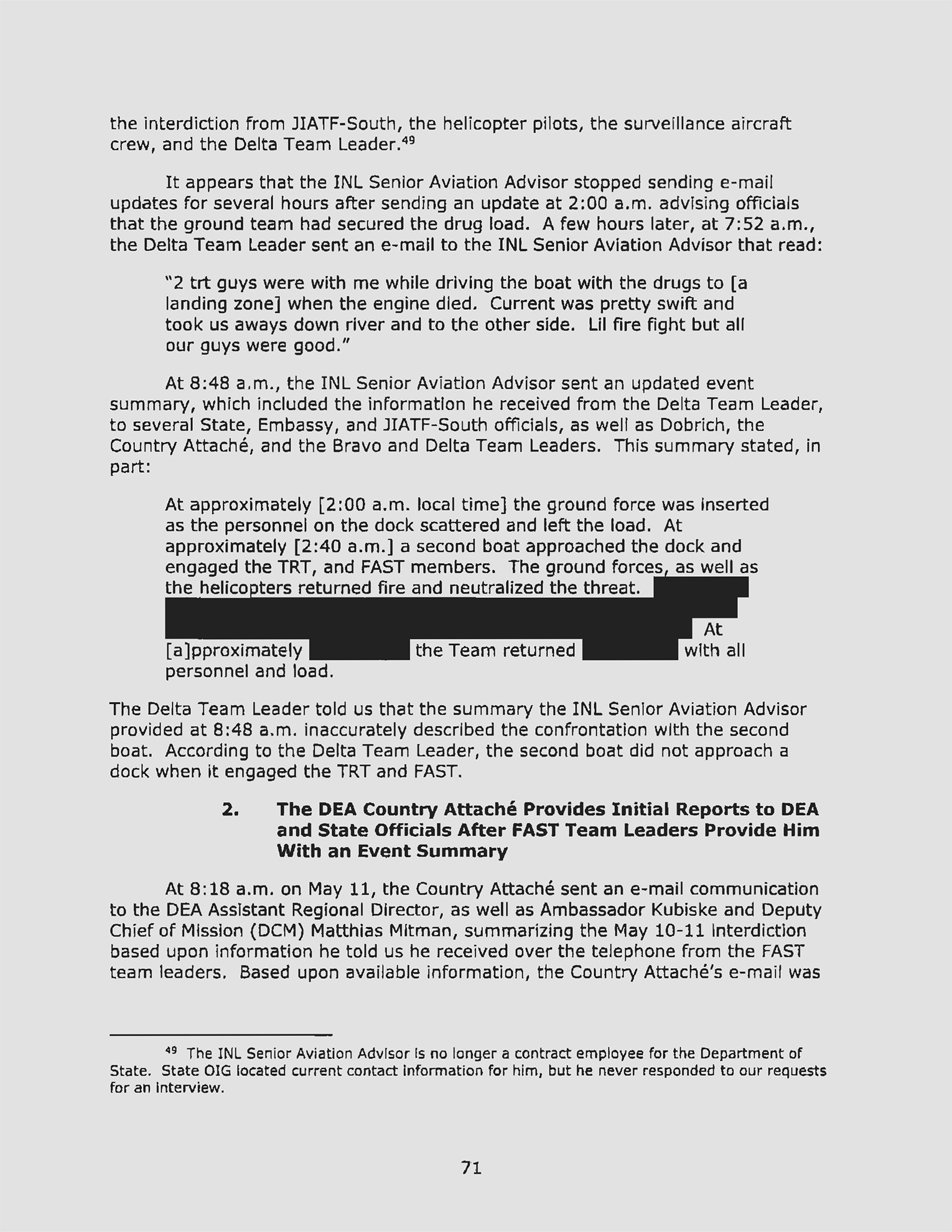
Redacted excerpts of a US Justice Department investigation.
The report states that the DEA falsely characterized the deaths of four Hondurans as a shootout with drug traffickers despite proof on video that DEA-led forces fired on unarmed civilians.

ICF's Biologist Marcio Martinez, 43 years old, checks a camera trap that will be used to monitor the jaguar population in the Río Plátano Biosphere Reserve. Olancho Department, Honduras.
Mr. Martinez lamented the lack of governmental and institutional backing to safeguard the biosphere. "I know that for doing what I do, I'm putting my life at risk. But I hope that my kids will be able to see the beauty of this forest."

A view of the so-called "Nucleo" or core zone of the Río Plátano Biosphere Reserve, in the Colón Department, Honduras.
Thinly populated and with little state presence, these remote forest frontiers offer ideal conditions for traffickers to evade interdiction.

A view of the so-called "Nucleo" or core zone of the Río Plátano Biosphere Reserve, in the Gracias A Dios Department, Honduras.
The war on drugs has altered the incentives of criminal organizations to operate in remote protected areas, which provide them cover to obscure illegal activities.



































A view of the so-called "Nucleo" or core zone of the Río Plátano Biosphere Reserve, in the Colón Department, Honduras.
Thinly populated and with little state presence, these remote forests frontiers offer ideal conditions for traffickers to evade interdiction.
A Melanistic Jaguar roars inside a shelter of the Honduran Military Unit C9 (Comando de Apoyo al Manejo De Ecosistema y Ambiente) in Tegucigalpa.
Jaguar's population is declining as their forest ranges are reduced by deforestation, conversion of forests into agricultural areas, and infrastructure development.
A publicly available satellite image from ESA's Sentinel 2, processed on the infrared spectrum, shows the water of the Patuca River flowing in the Caribbean Sea. The Patuca is the main route for smuggling cocaine.
An infrared image elaborated from Sentinel 2 Satellite shows clandestine airstrips narcotraffickers use in the indigenous territory of the Río Plátano Biosphere Reserve. Some of them were decommissioned by the Honduran military using explosives.
A Coral Snake crawls at night in the core zone of the Río Plátano Biosphere Reserve, Olancho Department, Honduras.
Coral Snakes' venom contains a potent neurotoxin causing neuromuscular dysfunction. Locals tend to kill them since health facilities are only reachable by air.
An infrared satellite image from Sentinel 2 shows clandestine airstrips narcotraffickers use in the indigenous territory of the Río Plátano Biosphere Reserve. Central America has long been a conduit for U.S.-bound cocaine from South America. But the isthmus' importance as a "bridge" exploded after 2006–07, as Mexican drug-trafficking organizations (DTOs) moved their smuggling operations southward.
An infrared image elaborated from Sentinel 2 Satellite shows clandestine airstrips narcotraffickers use in the indigenous territory of the Río Plátano Biosphere Reserve. Some of them were decommissioned by the Honduran military using explosives.
A view of the so-called "Nucleo" or core zone of the Río Plátano Biosphere Reserve, in the Colón Department, Honduras. The protected reserve extends for 630,000 hectares, and it hosts more than 721 species of vertebrates. It is divided into three main areas: the buffer, the core, and the cultural zone.
The Blue Morpho Butterfly is among the largest butterflies in the world.
Blue morphos are severely threatened by the deforestation of tropical forests and habitat fragmentation.
A publicly available satellite image from ESA's Sentinel 2 processed on the infrared spectrum shows smoke from wildfires in the indigenous territory of the Rio Platano Biosphere Reserve.
Drug Trafficking Organizations (DTOs) are among the actors who burn forests in dry periods to claim land. DTOs profoundly change the nature of land control in cocaine transit zones.
Lax oversight by the Federal Aviation Administration, over decades, has made it easy for drug dealers to register private planes and conceal their identities. With the US stamp of approval — signified by a number on the tail fin that always begins with the letter "N" — owners often find more freedom from scrutiny and anonymity while traveling. This has allowed criminals and foreign government officials to mask illicit activities or keep wealth hidden from their home countries.
A video still shows the detonation of an explosive charge set off by the Honduran military. Security forces use explosives to decommission illegal landing strips used by DTOs.
Video Stills from a Honduran military helicopter showing the moment a narco plane is intercepted.
A Jaguar stands inside a shelter of the Honduran Military Unit C9 (Comando de Apoyo al Manejo De Ecosistema y Ambiente) in Tegucigalpa, Honduras.
The Jaguar was kept illegally among five other jaguars by a narco trafficker. Biologists from the ICF (Forest Conservation Institute) are working to release the animals in the Río Plátano Biosphere Reserve.
A DEA unit patch
Vampire Bats and Pale spear-nosed bats are preserved in an alcoholic solution in the Ciudad Blanca Laboratory. Olancho Department, Honduras.
Bats are fundamental in the tropics. They disperse seeds that are critical to restoring cleared or damaged rainforests.
A picture taken by Honduras Special Forces of a Cessna 340 loaded with more than 100kg of cocaine landed near Brus Laguna on 30 March, 2021. Security forces engaged in a firefight with two plane pilots before sizing the shipment.
Documents identifying the plane carrying 806 kg of cocaine.
The so-called "narco carretera" or narco-road is an illegal road that cuts through the Río Plátano Biosphere.
Officials from the ICF (Forest Conservation Institute) acknowledge that the road is financed by local politicians and cattle ranchers with ties to drug traffickers.
An open-source satellite image showing the wreckage of a propeller plane used by narco-traffickers crashed in the core zone of the Rio Platano Biosphere.
An area illegally cleared of forest in the Río Plátano Biosphere Reserve.
Illegal timber and drug trafficking have a mutual relationship. Criminal groups often use migrants from southern Honduras to harvest the wood illegally and sell it. Honduras timber trade was worth 81 million USD in 2018, but the ICF considers that 50-60 percent comes from illegal logging.
A picture taken by the Honduran military shows a special forces team as they pose in front of the wreckage of a plane transporting an indefinite amount of cocaine.
An army commander for Special Forces Operations in the Rio Platano Reserve lamented the lack of political willpower to execute arrests or take action against criminals. "We are just obeying orders," said the commander.
A ranger of the ICF as he follows the trails of two poachers in the Río Plátano Biosphere Reserve, Olancho Department, Honduras.
"We are not enough to control this huge environment," said the ranger. "All depends on our attitude, we could do nothing, and no one would notice, but I hope that if we keep working, something will change."
Image from a DEA video obtained via the Freedom of Information Act shows when a Honduran policeman fired at civilians during a DEA lead operation in the Gracias A Dios Department to seize a plane transporting cocaine.
Redacted excerpts of a US Justice Department investigation.
The report states that the DEA falsely characterized the deaths of four Hondurans as a shootout with drug traffickers despite proof on video that DEA-led forces fired on unarmed civilians.
ICF's Biologist Marcio Martinez, 43 years old, checks a camera trap that will be used to monitor the jaguar population in the Río Plátano Biosphere Reserve. Olancho Department, Honduras.
Mr. Martinez lamented the lack of governmental and institutional backing to safeguard the biosphere. "I know that for doing what I do, I'm putting my life at risk. But I hope that my kids will be able to see the beauty of this forest."
A view of the so-called "Nucleo" or core zone of the Río Plátano Biosphere Reserve, in the Colón Department, Honduras.
Thinly populated and with little state presence, these remote forest frontiers offer ideal conditions for traffickers to evade interdiction.
A view of the so-called "Nucleo" or core zone of the Río Plátano Biosphere Reserve, in the Gracias A Dios Department, Honduras.
The war on drugs has altered the incentives of criminal organizations to operate in remote protected areas, which provide them cover to obscure illegal activities.